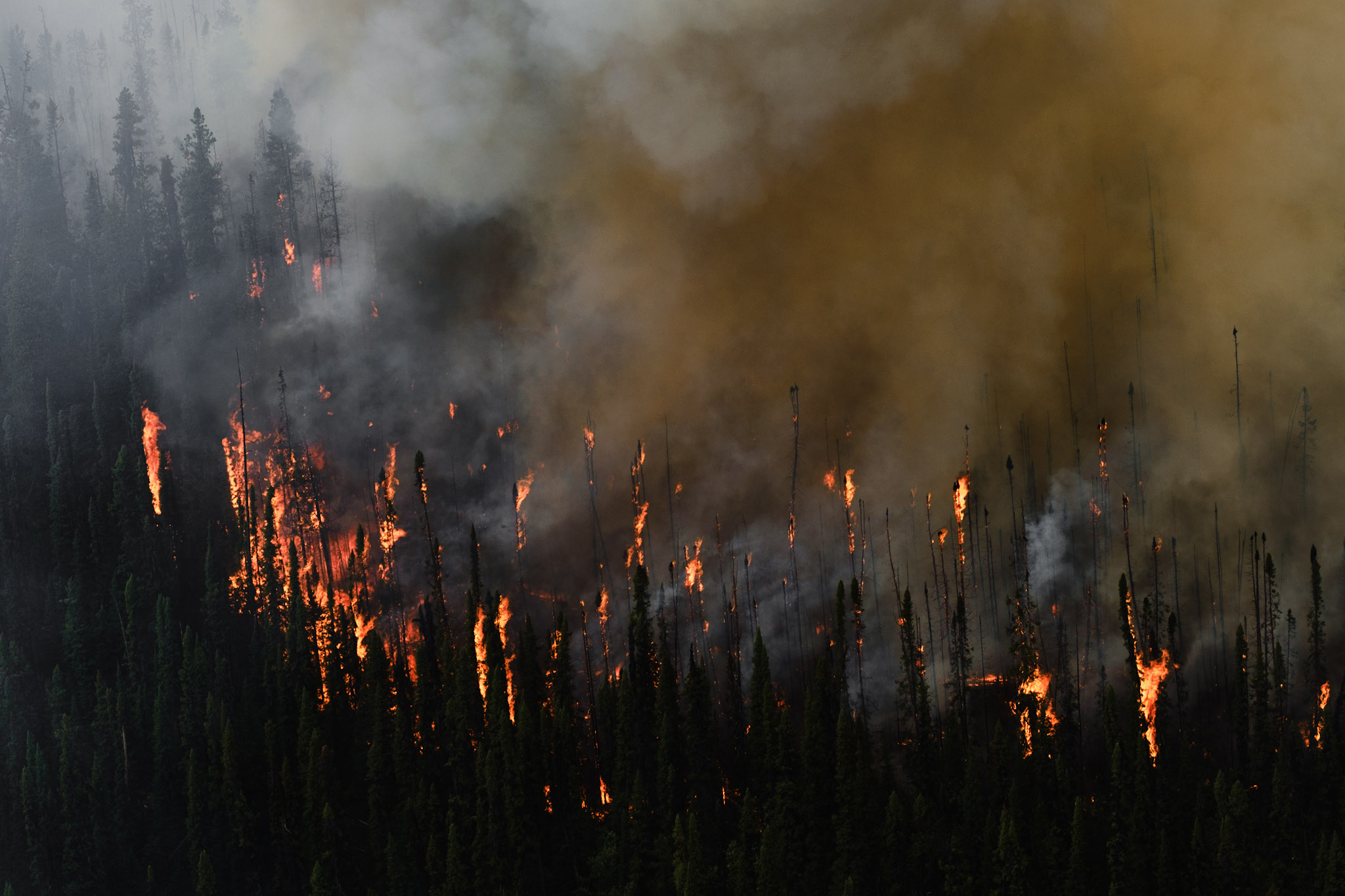The summer months often bring significant lightning activity to B.C., and depending on fuel conditions, can ignite many wildfires within a relatively short period of time and across a large geographical area. Between July 7 and 9, there were over 23,000 lightning strikes across the province, sparking nearly 200 new wildfires and resulting in an additional 5,600 hectares burned. The majority of this activity occurred within the Prince George and Northwest Fire Centres.

Due to a combination of factors including an extended 2022 wildfire season, fall drought conditions, a dry winter and an anomalously warm 2023 spring season, the majority of B.C.’s forests are exceptionally dry and susceptible to ignition.
These hot and dry conditions have a big impact on wildfire activity, as fuel moisture content is a key factor in the fire weather index (FWI). The FWI is a tool used by fire behaviour specialists to predict how easily a wildfire will start, how quickly it will grow and how far it may spread.
In this video, Fire Behaviour Specialist, Ben Boghean, explains how his team assesses current and future moisture levels in fuels to help better predict fire behaviour. For example, coniferous trees respond to drought by producing more cones, which draws water out of their needles. That water is then replaced by resin, making fuels highly combustible.
Ongoing drought conditions this season have greatly impacted wildfire fuels, from grasses to trees. By determining these fuel moisture levels, the BC Wildfire Service can better predict how a fire will behave on the landscape and therefore prepare for potential impacts. That knowledge can be used to inform planning, logistics and other wildfire operations to keep firefighting personnel and communities safe this summer.
